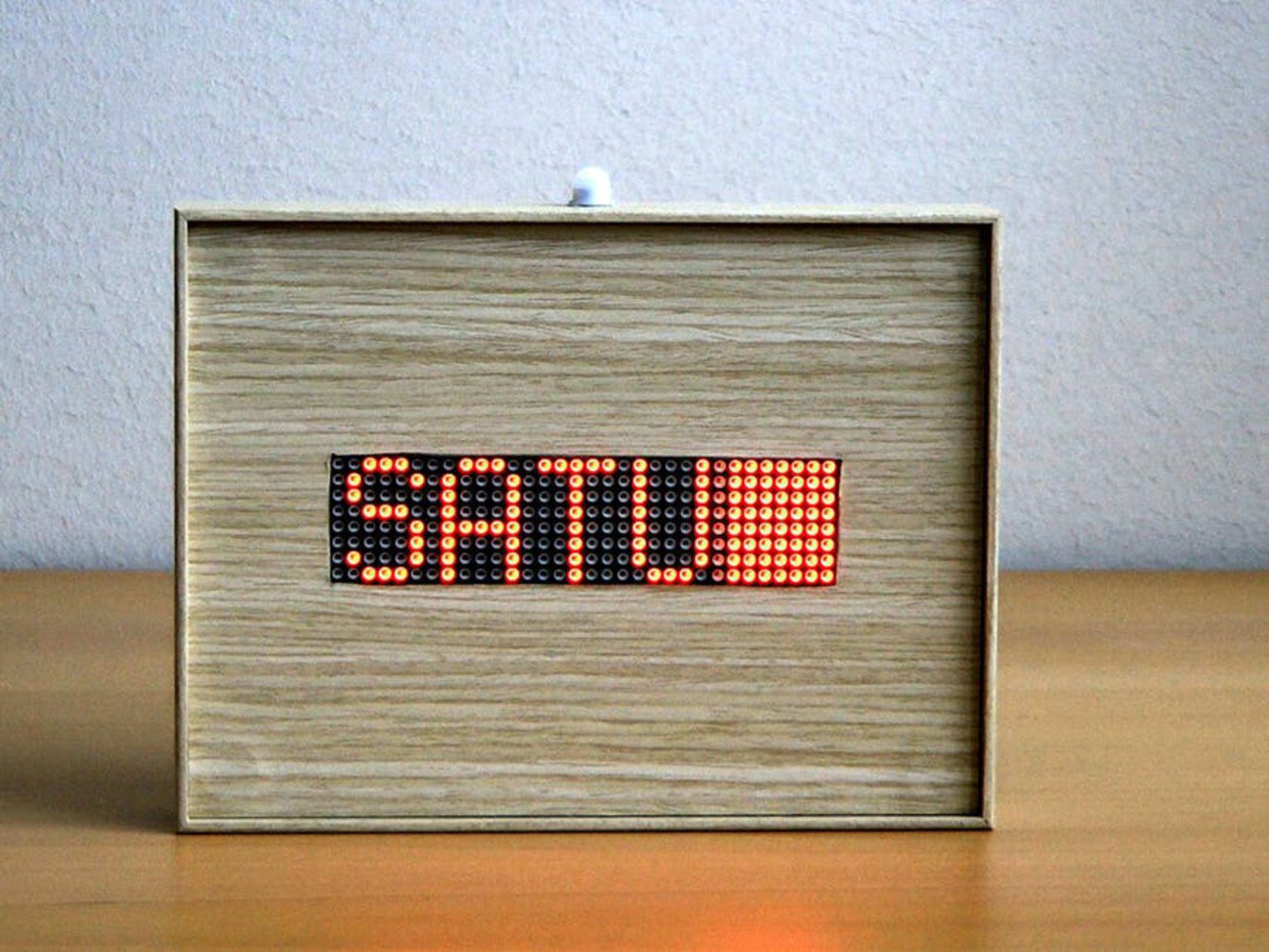Model Process



Choosing materials:
There were a few criteria to choosing materials:
- something sturdy enough to hold the screen and button
- something with enough transparency to allow light to flow through, but in an ambient way (so not too harsh either)
We experimented with foam core as the sturdy material and printer paper and this rougher bristol paper for the remainder of the form. Challenges included constructing seamlessly so that light illuminated the product naturally, and didn't leak or highlight seams.
There was also the challenge of where the light would glow; if the screen and button had to be secured, the face[s] they were on would have to be sturdy enough and therefore probably made of a harder material -> then, the light could not be coming from those surfaces. We also had to debate whether it made most sense to but the screen on the front or top, and what direction to secure the button as well to make it ergonomic to press. There was one point where we thought the screen would be in the front-face and the button would be at the top, which left the question of where it would make sense for light to come out of. We then considered how light would interact with a dark bedroom as a space as a whole, and considered ideas such as having the light "beat" out of the back face, reflecting off the walls.
Determining Form:
In determining the form, we wanted to make it something that prototyped the idea well (so containing light well), contained all the electronics, and still looked visually pleasing.
Final Form:
The final form we decided on was a rectangular prism, based on the measurements of the breadboard (we switched to a larger one) and the height of the wires.

By this stage, it was decided that the clock face would be shown through neopixels instead, which would be at the front of the face of the clock. The button would be on top. All sides of the form would be made of foam core.
While making the holes for the neopixels, I ran across the question of how to cover the middle of them so that there wasn't a harsh hole looking into the box. I then realized to put tracing paper there, which would also serve to dilute light and help convey that "heartbeat" light effect through the front when the clock turned off.
The button was secured as the top with two layers of foam: one layer on the inside holding the button up, and a second at the actual cover of the box to make a lid. The button was also eventually covered with tracing paper as well to make it flow with the rest of the object better.




